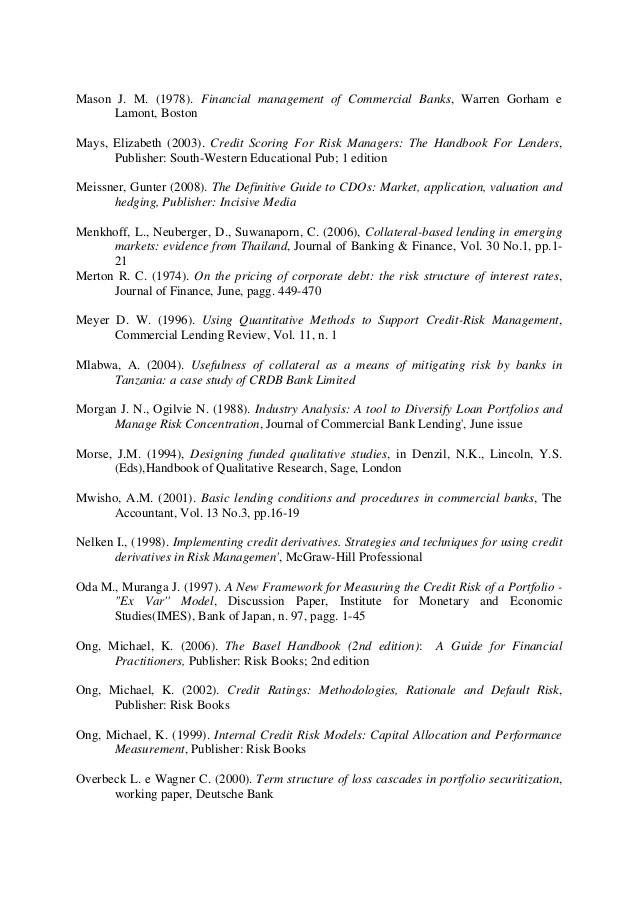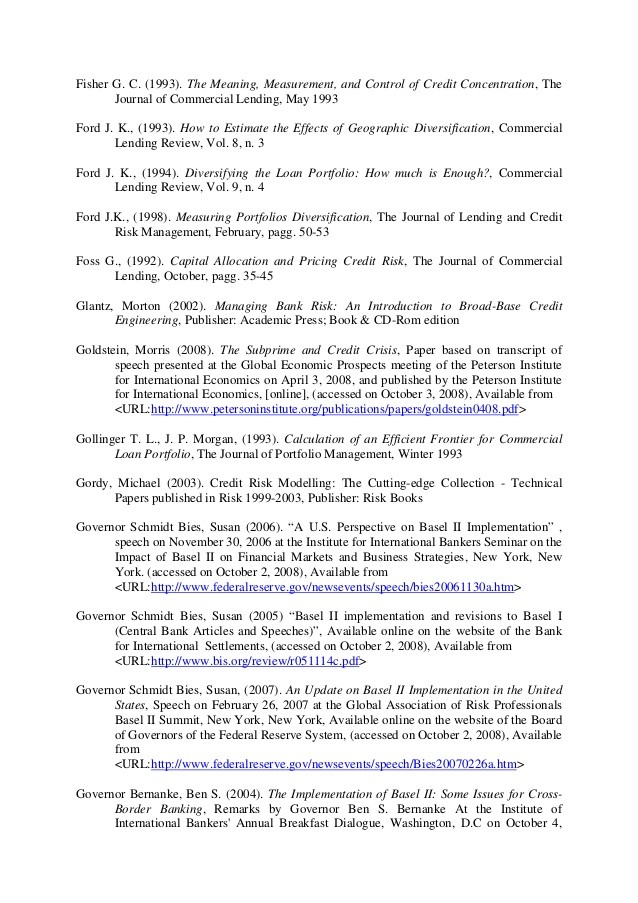Steven Davidson Don t blame CDOs for the subprime crisis
Post on: 27 Июнь, 2015 No Comment

share
The collapse of the subprime residential real estate market last summer and the subsequent credit crisis has Wall Street investment banks and international financial titans reeling. Underneath it all is the widespread deterioration of billions of dollars of pooled investment vehicles called collateralized debt obligations, or CDOs. Always difficult to understand, the CDO is taking the rap for a lot of credit pain.
The flaw with this viewpoint is that the CDO itself, a useful investment vehicle, is not the culprit. The blame instead should be directed to the underlying collateral in the CDOs the subprime assets, said Steven Davidson, vice president, capital market research, for the Securities Industry and Financial Markets Association (SIFMA) in Washington, D.C. Davidson was a featured speaker at the Risk, Reward and Real Estate Conference in Phoenix, sponsored by the Center for Real Estate Theory and Practice at the W.P. Carey School of Business.
Using a hip-hop phrase, Davidson remarked, Hate the player [the subprime assets], not the game [CDO structure].
The reason that the CDO meltdown is so important for the real estate and mortgage market is that if investors cease to purchase CDOs (or subprime asset backed securities), the capital dries up for lending to subprime borrowers, said Anthony B. Sanders, professor of finance at the W. P. Carey School of Business. To the extent that investors are concerned about the overall health of the real estate and mortgage market, the capital dries up for all types of lending both residential and commercial. Thus, the subprime crisis is being felt around the world and the effects are boomeranging back to the entire mortgage market.
The widening spread
The CDO is a structured finance vehicle that issues multiple classes of liabilities (rated debt tranches with varying credit risk/return profiles) to invest in cash assets and credit exposures through derivatives. The CDO manager looks to generate a positive spread between invested collateral and cost of debt essentially a repackaging of loan and securities to meet specific investor needs, says Davidson.
The CDO built a significant marketplace presence because of investor demand driven by the opportunity to structure CDO risk and return to investor segment needs, portfolio diversification and professional asset management of a pool of assets, explained Davidson.
In 2004, CDO issuance totaled just over $157 billion, reports SIFMA. Issuance peaked two years later at about $550 billion before declining to under $500 billion in 2007. However, the 2007 numbers are somewhat misleading in that over $300 billion of issuance came in the first half of 2007 before the CDO market began to collapse.
From the first half of 2007 to the second half, CDO issuance dropped by 50 percent, reports SIFMA, and that was due to liquidity problems as investors disappeared, residential mortgage-backed securities collateral deteriorated, issuance fell and spreads widened.
Merrill Lynch data shows, for example, that structured finance CDO spreads over LIBOR (London Interbank Offered Rate) for AA tranches rose from 50 basis points in July 2005 to 235 basis points two years later. For the lower rates tranches such as BBB Mezzanine, spreads jumped from 250 basis points to 735 basis points over the same period of time. (CDO assets are rated and then divided into different levels called tranches. Senior tranches have the highest ratings, AAA, then comes mezzanine, AA to BB, and then unrated tranches. The lower-rated tranches carry bigger risks so yields are higher to attract investors.)
For home-equity asset-backed securities, the spreads on AAA-rated tranches were barely perceptible through much of 2007, but by the end of July rose to almost 500 basis points, reports Merrill Lynch. Meanwhile, the spreads on BBB-rated tranches meandered along at less than 250 basis points through the first of last year, but by the end of July had already vaulted to almost 3,500 basis points.
Explosion in the market
Although first issued about 20 years ago, CDOs really didnt begin to attract investor interest until the late 1990s when they became the fastest growing sector of the asset-backed synthetic securities market. High-yield corporate bonds were the initial asset class of choice, said Davidson, but then the market got a boost through collateralized loan obligations, or CLOs (CDOs backed by leveraged bank loans), and then asset-backed (especially subprime and home equity mortgage-backed) securities and mezzanine structured finance CDOs.
The structured finance CDO market grew because of the explosion in mortgage asset-backed securities (ABS) issuance, especially subprime and home equity loans. ABS CDOs made up 65 percent of total CDO issuance in 2005, but market share dropped to 50 percent by the end of 2007 and is still shrinking, said Davidson. The reason: during the growth years the demand for CDOs was so strong, managers ended up going down-market in search of assets. Now many of those loans are deemed non-performing, Davidson noted. Consequently, CDO rating downgrades proliferated, losses built up and investment demand evaporated creating a liquidity squeeze.
The second big impetus for CDO growth was the popularity of CLOs, or collateralized loan obligations, which are leveraged vehicles that invest in a pool of loans financed by a number of liability classes. CDO sponsors liked the CLO structures because they were able to lower credit exposure by selling their loans to the CLO and at the same time reduce economic and bank regulatory capital requirements.

Investors liked the product, said Davidson, because originally it provided lower correlation to other fixed income assets (that changed during the credit crunch as correlations moved closer to other asset classes), low default rates (in 2008, that also changed), the ability to access loan assets through experienced portfolio managers, and because floating rate assets matched rate liabilities.
In the second half of 2007, spreads for CLOs widened as they did for other asset classes, especially for the lower grade tranches. This became a challenge for investors and CLO managers, said Davidson, and one obvious result was less demand.
After the dust settles?
The question is where does the CDO market go from here?
Davidson hesitated to guess where current issuance is running. Presumably, its not good, but it could get even worse, he adds, as about half of CDOs that were originated in the United States are owned by investors in Asia and Europe. Until that market comes back it will affect the flow of capital to the CDO structure. And, its entirely possible that foreign investors will look to invest in other vehicles.
The CDO structure itself makes sense and will survive in some form, Davidson affirmed, but growth will depend on what happens with primary market issuance, the key underlying recovery points being: reinventing the private label market, balancing risk perception, stabilizing the housing market, monitoring the performance of underlying collateral, getting investors to return to the market and finding liquidity again.
He concluded, There is opportunity for those investors who understand the market and do the research and proper analysis.
- The CDO structure is useful; current problems stem more from the underlying collateral.
- The growth of CDOs was driven by investor demand.
- Issurance of CDOs will drastically decline in 2008 as investors have disappeared and liquidity problems surfaced.
- Wider spreads in CDOs indicate greater risks.
- The CDO structure should survive this market downturn.














